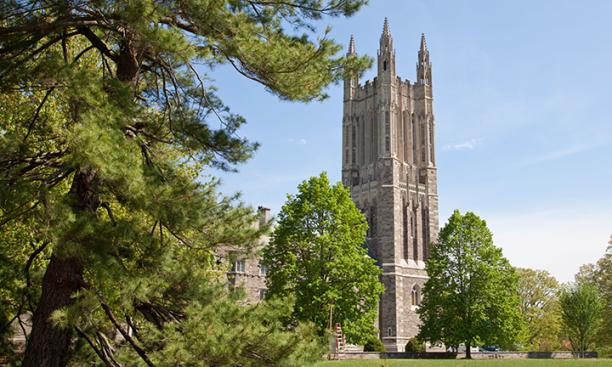
More than half of all Princeton graduate students recently signed cards signaling their desire to form a union, and Princeton Graduate Students United (PGSU) organizers tell PAW a union election may happen as soon as this month.
According to its website, PGSU’s platform has six key pillars: fair and effective cross-campus grievance procedures; improved support for international students; comprehensive, inclusive, and funded health care and child care; affordable housing guaranteed through graduation; guaranteed cost of living adjustments and contingency funding; and fair, clear, and safe work standards.
Aditi Rao, a second-year classics student and a PGSU organizer, said it makes sense to unionize because, “at any point, the University right now can take away the privileges it gives us … and you never want to be in a position where the University has the rights to take away advantages or things that it has given you that make your life possible.”
“This is a matter of essentially helping to put ourselves on a more equal footing, where we can say, ‘We want a real voice in decisions …’ ” said Tim Alberdingk Thijm, a fifth-year computer science student and PGSU organizer.
On Feb. 15, PGSU held a rally in Scudder Plaza that, according to PGSU representatives and The Daily Princetonian, was attended by more than 150 people. “We wanted to have that rally because we wanted to be like, ‘Hey, there’s a show of support. There’s a substantial number of people who care about this. And we’re willing to be vocal …’ ” said Rao.
PGSU says more than 1,000 graduate students signed union cards in the 24 hours following the rally, and as of March 7, more than 1,700 graduate students had signed union cards.
This academic year, 3,212 graduate students are enrolled at Princeton, according to statistics provided by the Graduate School.
In a Feb. 28 email to students, Dean of the Graduate School Rodney Priestley wrote that stipends would increase in the summer, with rates from $47,880 to $50,400. The University implemented its largest one-year graduate stipend increase in 2022, a 25% raise on average, moving the range to $45,600 to $48,000.
PGSU originally formed in 2016, but their campaign didn’t start in earnest until after President Joe Biden took office in 2021.
“Under the Biden administration, there’s a much friendlier NLRB [National Labor Relations Board], and we have a real serious chance to be part of this massive wave of graduate worker unionization across the country,” said Alberdingk Thijm.
Within the past year, graduate students at Yale University, MIT, Northwestern University, the University of Southern California, and Johns Hopkins University have voted to form unions.
PGSU has chosen to affiliate with United Electrical, Radio and Machine Workers of America (UE), which is also the chosen affiliate for graduate unions at Northwestern and Johns Hopkins, among others.
At its Feb. 21 meeting, Princeton’s Graduate Student Government (GSG) assembly passed a motion of support for PGSU’s effort to bring about a unionization vote.
Priestley wrote of unionization efforts: “… I respect your right to make an informed decision and decide based on your own convictions.” He added that “by design, union representation would change some aspects of your relationship with the University, and we do have some concerns about how such representation would affect your education and experience at Princeton.”
Priestley’s message included a list of frequently asked questions about graduate student unionization, with responses from the University, and an outline of ways in which the University supports graduate students.
That night, PGSU sent an email to graduate students stating that the raise was “just a first step in our union’s effort to address all the things graduate workers require to do the research we came here to do” and that it represents “the first of our union wins, but it’s not enough.”
Rao said she wasn’t surprised by the University’s decision to raise stipend rates. “The University’s response … is exactly what we had expected would be the result of our hard work and organizing in the past [few] weeks,” she said.
In a follow-up memo sent to graduate students on March 2, the University clarified that the process to determine graduate stipend rates begins each fall, and rates are typically finalized by the Board of Trustees’ Finance Committee each January.
According to PGSU, there are two possible paths forward to unionization. The first involves voluntary recognition from the University, which means “the University agrees to tell the NLRB that it recognizes us as a formal union without [PGSU] having to go through the actual election process, because it’s so clear from the card drive what way the election will go,” explained Rao.
If that doesn’t happen, the alternate route would be to file with the NLRB for an official union election, which, according to Rao, “would happen sometime in March, ideally.”
If a majority of graduate students vote in favor of the union, a bargaining committee would form to negotiate a contract with the University.
This story was updated to clarify the action of the GSG assembly.
